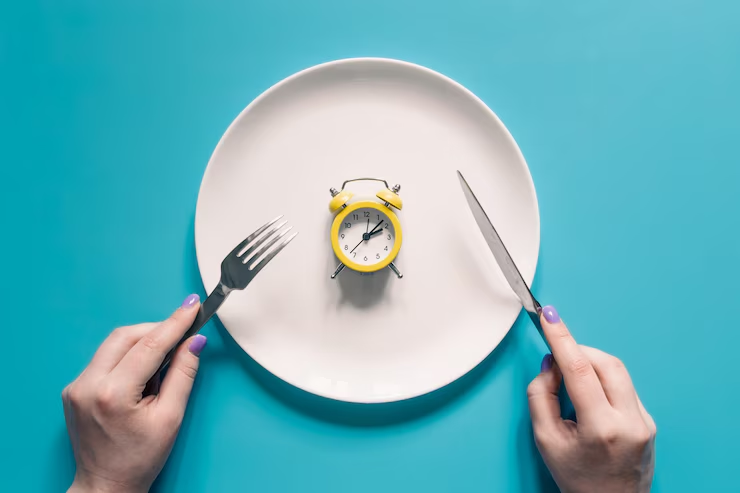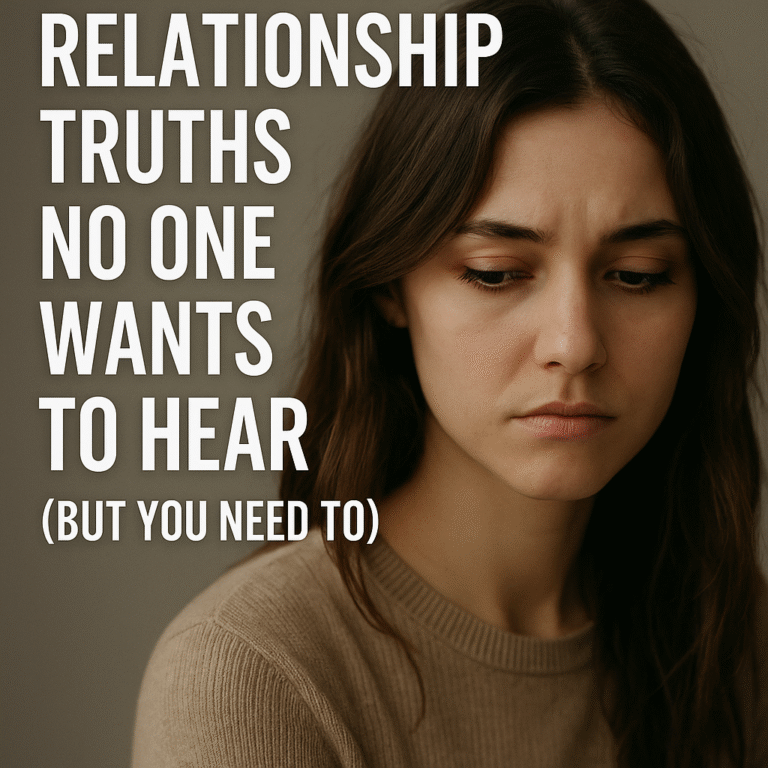What Are the Pros and Cons of Intermittent Fasting for Women?

Here’s a clear and polished version of your article, highlighting the pros and cons of intermittent fasting for women, while improving clarity, tone, and factual accuracy:
What Are the Pros and Cons of Intermittent Fasting for Women?
**By Lily
Supports Cell Repair

Here’s a clearer and more refined version of your content on intermittent fasting for women, highlighting the benefits and drawbacks in a balanced, professional tone:
What Are the Pros and Cons of Intermittent Fasting for Women?
By Lily Mae
Intermittent fasting (IF) is a popular eating pattern where you cycle between periods of eating and fasting. For many women, it’s a strategy to support weight loss, boost energy, and simplify eating habits. But while it can offer benefits, it’s not without its risks — especially for women. Below, we break down the pros and cons to help you decide if it’s right for you.
✅ Benefits of Intermittent Fasting for Women
1. May Support Weight Loss
Eating within a restricted window can help naturally reduce calorie intake. You may skip late-night snacking or reduce overall meal frequency, which makes it easier to create a calorie deficit without counting calories.
2. Potential Blood Sugar Control
Fasting periods can improve insulin sensitivity in some women, helping to stabilize blood sugar levels. This may be especially useful for those at risk of prediabetes or metabolic issues.
3. Heart Health Support
Some studies link intermittent fasting with lower blood pressure, reduced LDL (“bad”) cholesterol, and decreased inflammation — all of which are good for heart health.
4. Cellular Renewal
Fasting may trigger a process called autophagy, where your cells break down and recycle damaged components. This is believed to support cellular health and may even slow signs of aging.
5. Simple and Flexible Structure
Unlike many diets, intermittent fasting doesn’t require counting macros or eliminating food groups. You simply choose a daily eating window (like 12pm–8pm) and stick to it, making it relatively easy to follow.
⚠️ Drawbacks of Intermittent Fasting for Women
1. Low Energy or Fatigue
Some women feel tired, lightheaded, or irritable, especially in the beginning. Exercise or mentally demanding tasks may feel harder when fasting, particularly in the morning or late in the fast.
2. Hormonal Disruption
Women’s hormones are sensitive to calorie restriction. Fasting can impact menstrual cycles, reduce estrogen, and affect thyroid function — particularly if calorie intake becomes too low or fasting windows are too long.
3. Risk of Overeating
A common pitfall is overeating or binging during the eating window, especially if you’re overly hungry. This can cancel out the calorie deficit and lead to guilt or digestive discomfort.
4. Not Suitable for Everyone
Intermittent fasting is not recommended for:
-
Pregnant or breastfeeding women
-
Those with a history of eating disorders
-
Women with blood sugar regulation issues (e.g. hypoglycemia)
Always consult a healthcare professional before beginning any new dietary regimen.
5. Social Challenges
Strict eating windows can make socializing around food tricky. Declining lunch invitations or skipping dinner with friends may feel isolating, and explaining your fasting schedule to others can be uncomfortable.
Final Thought
Intermittent fasting can be effective and empowering for some women — but it requires self-awareness, flexibility, and care. Listen to your body, monitor your energy, and don’t be afraid to adjust or stop if it’s not working for you.
Always consult a doctor, especially if you have underlying health concerns or are considering fasting long-term.
Would you like this turned into a downloadable PDF or summarized in a social media-friendly format?How to Try Intermittent Fasting Safely

Here is a refined and reader-friendly version of your final section on intermittent fasting for women, maintaining clarity while emphasizing safety and sustainability:
How to Start Intermittent Fasting Safely
By Lily Mae
If you’re considering intermittent fasting (IF), it’s important to ease into it thoughtfully and listen to your body along the way. Here’s how to do it right:
✅ Pick the Right Method
There are several fasting styles — choose one that suits your lifestyle:
-
16:8 Method: Fast for 16 hours and eat during an 8-hour window (e.g. 12 pm to 8 pm).
-
5:2 Method: Eat normally for five days of the week and limit calories (around 500–600) on two non-consecutive days.
The best method is the one that feels most manageable for your daily rhythm and energy needs.
🐢 Start Slow
Ease your body into fasting:
-
Begin with a 12-hour fast (e.g. 7 pm to 7 am).
-
Add an hour each week until you reach your desired window.
Starting gently reduces the risk of fatigue, irritability, and hunger-related discomfort.
🥗 Eat Nutritious Foods
What you eat during your window matters:
-
Choose whole, nutrient-rich foods: fruits, vegetables, whole grains, lean protein, legumes, and healthy fats.
-
Avoid high-sugar, processed snacks which can spike blood sugar and increase hunger.
Eating well ensures sustained energy and overall wellness.
💧 Stay Hydrated
Hydration is key:
-
Drink plenty of water throughout the day — even during fasting hours.
-
Unsweetened tea and black coffee are typically allowed during fasts and can help curb appetite.
🧠 Listen to Your Body
Pay attention to physical and emotional signs:
-
Feeling dizzy, overly fatigued, or lightheaded? It may be a sign to pause or adjust.
-
Track changes in your mood, cycle, or energy.
Consult a healthcare provider if symptoms persist or feel concerning.
Is Intermittent Fasting Right for You?
Intermittent fasting can promote weight loss, improve blood sugar balance, and support heart health. But it isn’t ideal for everyone — especially women with hormonal sensitivities, certain medical conditions, or histories of disordered eating.
If fasting leaves you feeling depleted or anxious, it may not be the right approach. There are many ways to eat healthfully — what matters most is finding one that works for you.
Final Takeaway
Intermittent fasting can be a powerful wellness tool — but only if it’s done safely, with mindfulness and support. Start slow. Nourish your body. And most importantly, listen to what your body is telling you.
Always consult a trusted health professional before starting a fasting routine — especially if you have any underlying health conditions.
Would you like a printable checklist or starter guide to intermittent fasting for women?






